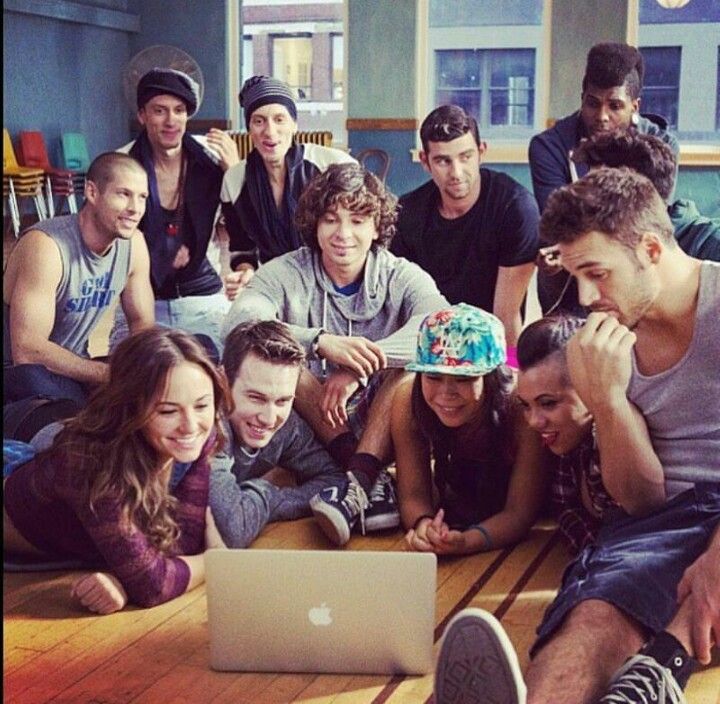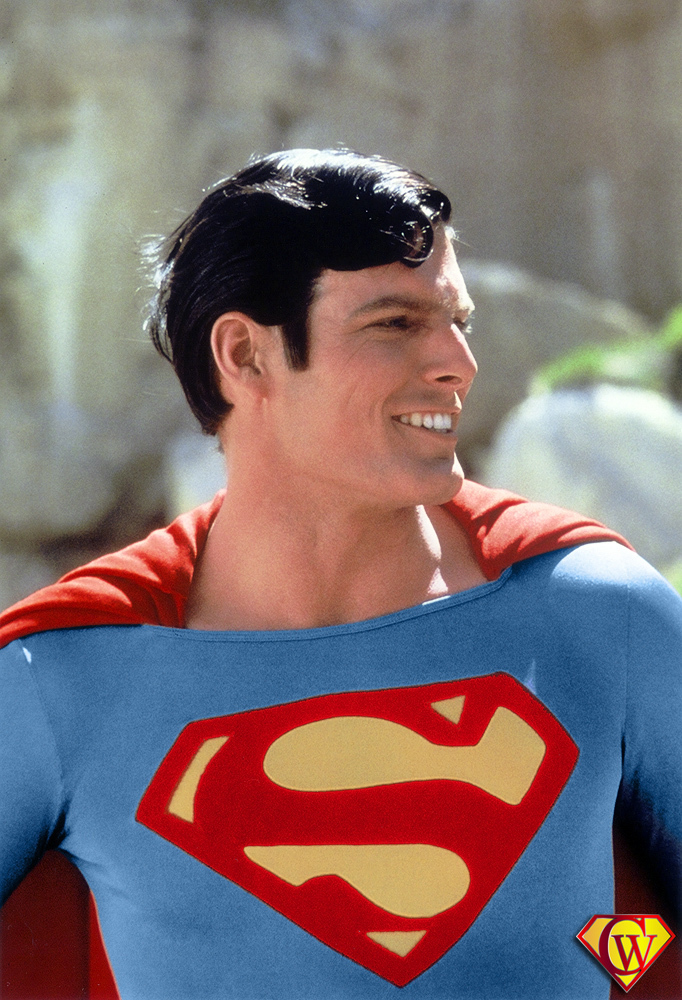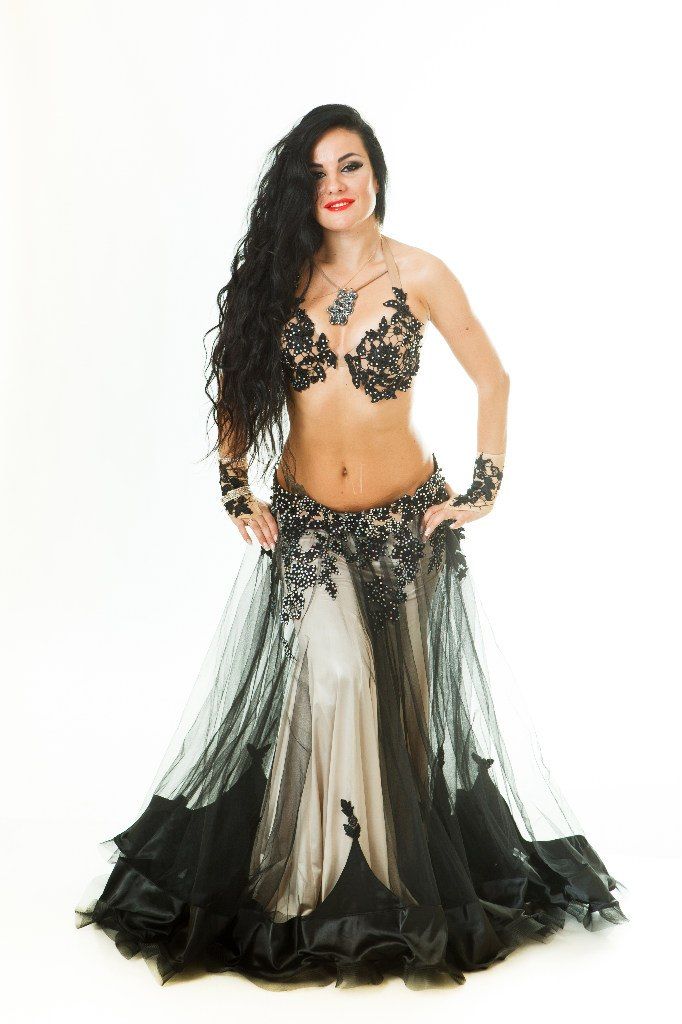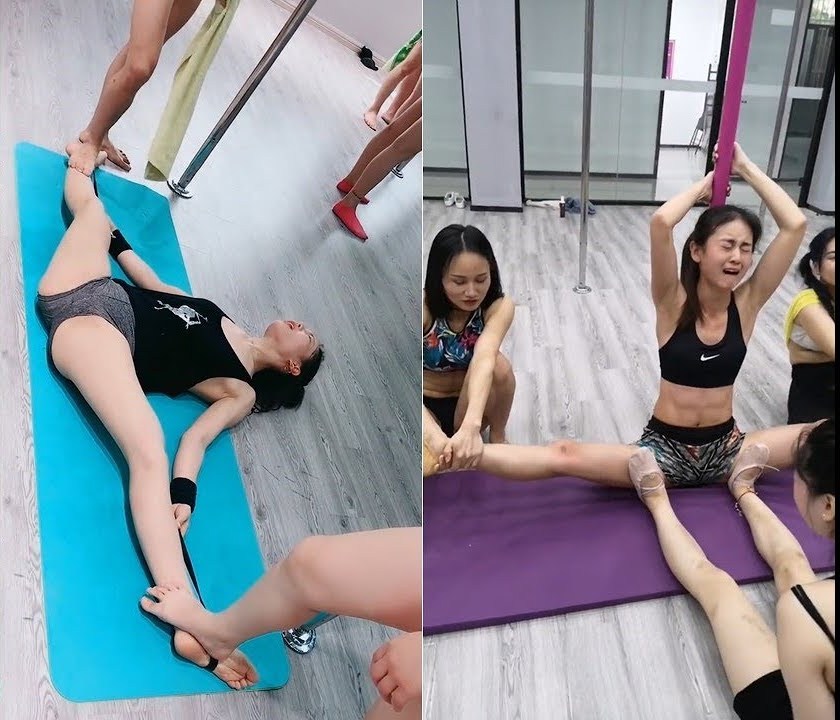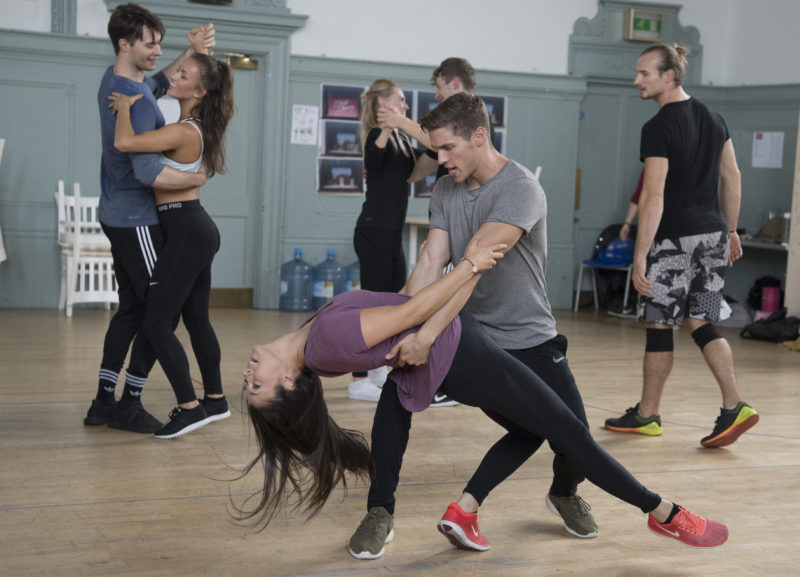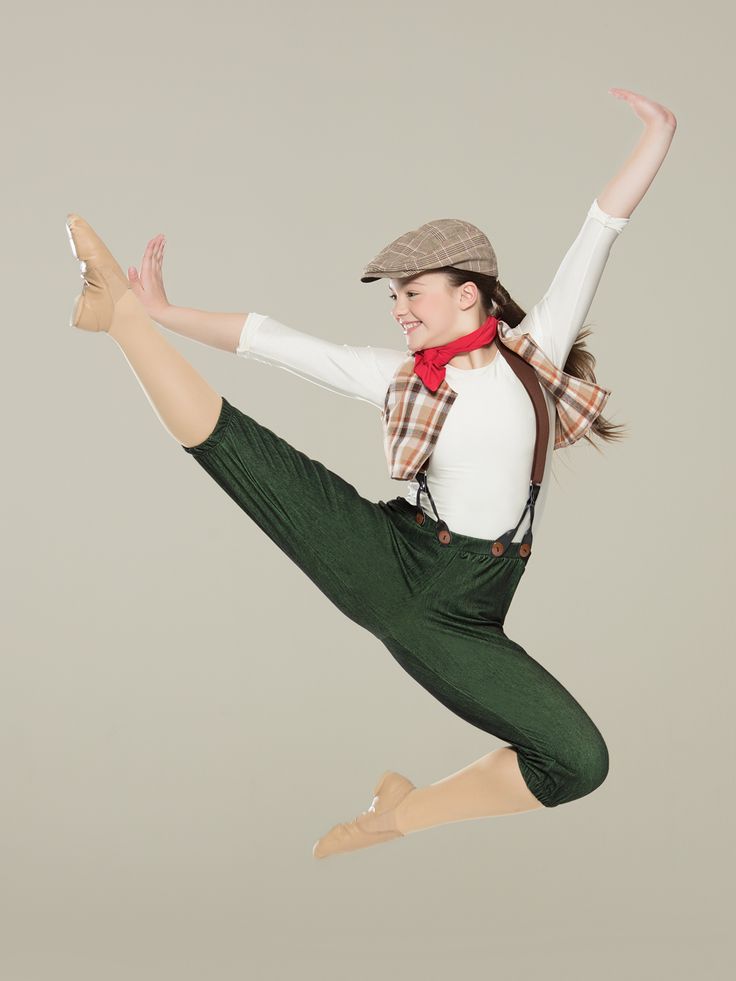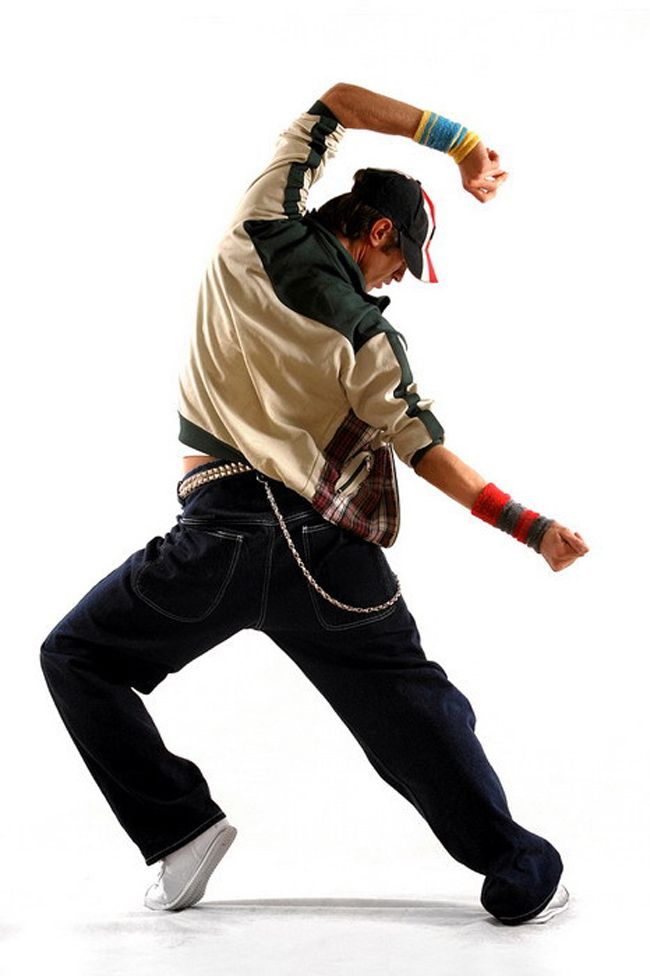How to dance at a party if you are shy
Stop Being Too Shy To Dance! Here Are 6 Reminders That'll Help
Do you want to be THAT GIRL/GUY killing it in class or on stage or in a cypher... but you're too shy to dance?
Do you get anxious at the thought of freestyling? Do you get stage fright... no matter how many times you’ve performed? Guess what?? YOU ARE NOT ALONE!!!
It may seem like all dancers were just born natural performers, but there are plenty of us that are just plain shy.
See Related Article: 19 Things That Make Introverted Dancers Anxious
But dance is a performing art, so it’s expected of dancers to be able to perform.
If you want to stop being too shy to dance and start being DOPE, then remember these 6 things!
1. No one is watching you dance
The following is true, not just just for dance, but for life in general: Don't worry about what people think about you...
Because they’re probably not thinking about you. And that’s not an upsetting realization at all! In fact, it’s quite refreshing. It’s freeing.
Since most people are focused on their own performance and execution, they’re too preoccupied to watch or judge you.
So focus on yourself, too! And not this idea that everyone's watching you.
2.You can be someone else when you dance
You know what the coolest part about dancing is? You’re performing! This means that you can play the role of someone else.
You can literally be anyone you want when you dance, at any place you want, in whatever scenario you design in your mind.
In fact, being a bit emotionally detached from your IRL self is a great way to be able to dance with commitment to another character.
It can help you infuse genuine intention to the piece without the inhibitions you’d normally feel.
See Related Article: How To Dance With More Confidence
Imagine you as a non-shy version of yourself and dance in that role. Do this enough and you’ll fake it ‘til you make it!
Do this enough and you’ll fake it ‘til you make it!
One day, you’ll realize you’re so comfortable performing or freestyling because you’ve played those roles so frequently.
So start performing as that person now – if only for one piece at a time.
3. This is your journey, and yours only
A lot of dancers’ anxiety comes from feeling behind compared to others. We're insecure about not being at a certain level or feel embarrassed performing around really good dancers.
Stop comparing. Stop feeling defeated. Stop using other dancers as benchmarks. Instead, take ownership over your own growth.
Recognize that the only person holding yourself accountable is you.
Whether or not you decide to go take class, audition for a team, or mess up in class... those events are part of your unique journey as a dancer.
Everything and everyone else is arbitrary. Wherever you are is exactly where you’re meant to be at that time.
If you're a complete beginner, or if you want to start dancing and aren't sure how. $%-ups.
$%-ups.
See Related Article: Dancers Share Their Most Embarrassing Moments
So don't let the fear of messing up keep you too shy to dance. Also...I’m not downplaying how seriously people take dance. We’re all crazy passionate about it.
A lot of people build professional, life long careers around it. However, when you put it into perspective…
It’s just dancing. Even if you are dancing for a job, a dancer’s mess up at a show is not like a surgeon’s mess up during a surgery.
No one died because you blanked out on that 8-count. No one was hurt from your ripple being early. Nothing blew up because your freestyle wasn’t on point.
It is a dramatic way to put it, but it does help us remember the most important thing: Dance is a luxury and a blessing. Dancing is... fun!
Don't let being too shy to dance keep you from enjoying it.
5. There is no right or wrong in dance
Yes, there are counts and moves to follow when you’re doing someone else’s choreography. There is technique and cleanliness.
There is technique and cleanliness.
But there are no real rules when you’re choreographing or freestyling on your own. Dance is a body and mind expressing itself.
And there can be no “wrong” when it comes to expression. This is one of the most liberating things that any dancer can realize.
If you get shy about something looking weird, then it will look weird. The key is about owning your weirdness.
In fact, the most unique and eye-catching dancers are the ones who really commit to their own style.
And the sooner you realize this, the sooner you can stop feeling shy about dancing. You’ll start to dance just as you’re meant to.
See Related Article: How To Develop Your Unique Style As A Dancer
6. The worst thing would be to not try
Do you ever think about the things you could’ve done if your shyness wasn’t holding you back?
“If only I went up for that group… If only I tried out for that team… If only I introduced myself to that choreographer…If only I wasn't too shy to dance.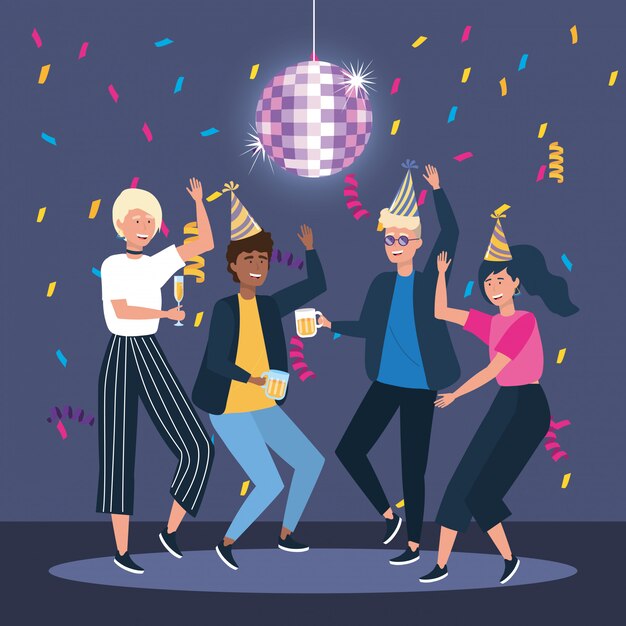 ..”
..”
Regret sucks. And more often, we regret the things we did not do rather than the things we did. The most unfortunate thing is suppressed or unrealized potential.
And if you keep letting your shyness hold you back, you’ll never know what you’re capable of.
So stop wondering what you could be, and start taking steps to become it!
See Related Article: Overcome Your Dance Fears And Live A Creative Life
We hope these ideas helped you overcome your shyness!
Now, stop being too shy to dance and go blossom.
If you prefer learning on your own, then try STEEZY Studio.
You can start dancing through the Beginner Program, try out a new style, learn choreography – all in private, at your own pace.
Soon enough, you won't be too shy to dance at all!
Stop being too shy to dance, in 5 steps
Contents
- 1 What’s the process to stop being too shy to dance?
- 2 1.
 Discover your super powers
Discover your super powers - 3 2. Teach a move
- 4 3. Get on the field
- 5 4. Breakout!
- 6 5. The Final Boss : Something out of nothing
- 6.1 Test the water
- 7 CONCLUSION
What’s the process to stop being too shy to dance?
The solution to being too shy to dance is: Repetition, of manageable steps.
Although it’s easier to dance in large groups or with some, erm, liquid assistance, when you are sober and alone, those comforts aren’t there. Our dance classes for adults are a good starting point. If you’re thinking, “I’m not shy, I’m just bad at dancing”, here’s 3 solutions for you. It’s a solid read!
Shyness can affect us all and even the most confident dancers, in certain circumstances, may be hesitant at first.
Let’s shake off the pressure and start with a couple of steps to unlock freedom.
1. Discover your super powers
When you are dancing alone, perhaps video yourself and see which movements are most dominant. Yes, I know that might be extremely uncomfortable, but stay with me for a moment.
Yes, I know that might be extremely uncomfortable, but stay with me for a moment.
When you see yourself, either in a reflection or on camera, what stands out? Your shoulders? Do you have fast footwork? Are your arms storytelling? Do you like to spin or go to the floor?
Recognising the things your body naturally wants to do (as a child would) helps you build your dance foundation. A safe place from which to expand.
If you unlock at least 3 super powers, you’ll be in good shape.
Now, you might be thinking that you don’t have ANY super powers, but I assure you, if you dance to 3 songs in a row, you will start to develop patterns. If you DON’T see any patterns, email us your video and we’ll tell you where your superpowers lie. That’s our job 🙂
Your next step is a different kind of challenge.
2. Teach a move
Often we learn most about ourselves by teaching something to someone else. Find a family member, friend or even a pet that you can share your movement(s) with and you will start getting used to having an audience.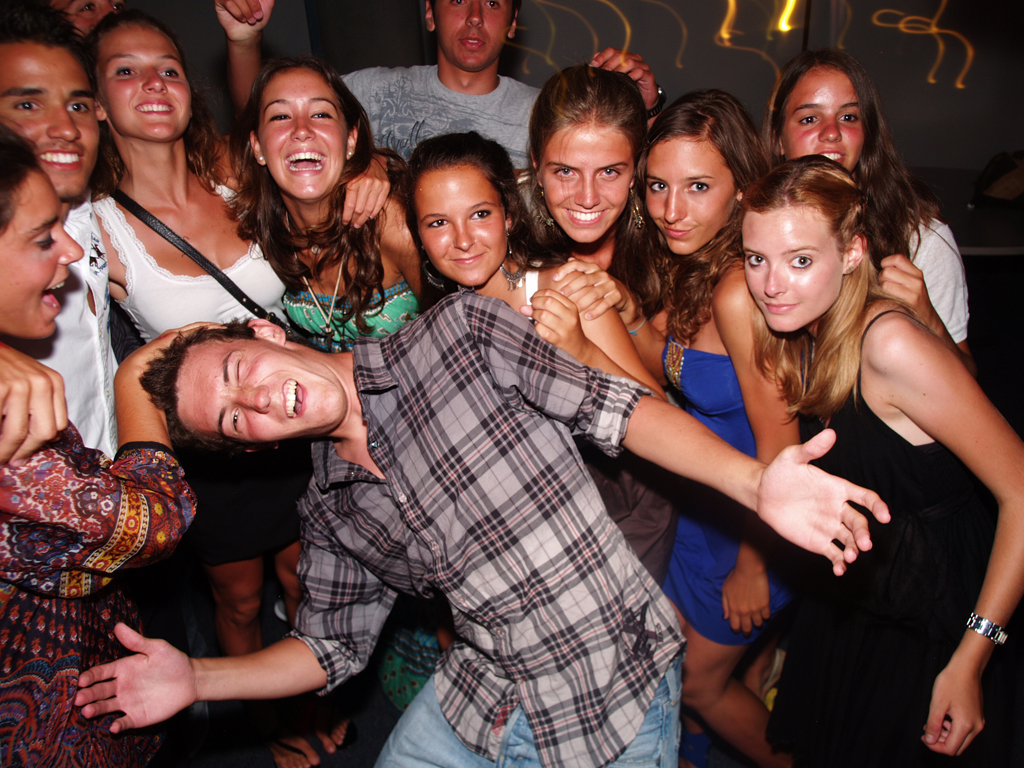
Make sure you pick the right person, though. They should be non-judgemental or at least give you some constructive feedback.
On a personal note, I know that teaching has helped me gain a greater understanding of how I move. It also clears in my mind where my strengths and weaknesses lie. This is useful in a period of self-discovery!
3. Get on the field
You are no longer too shy to dance! At the next social gathering, dance with / near a group of people and try to mimic their energy.
Not necessarily MOVES, but ENERGY!
If you find you are synergizing with others, perhaps introduce a move to the group. People will probably go for it. If they don’t, go back to your ‘basic’ and soak up the atmosphere.
4. Breakout!
So, you have your moves, you’ve tried them with friends, you’ve used them in a social setting. You feel connected to yourself. Now might be time to enter ‘The Circle’.
If a circle opens up at a party please, KNOW THIS THING WELL:
Most people won’t go in, so if you DO, you’re already one of the cool kids.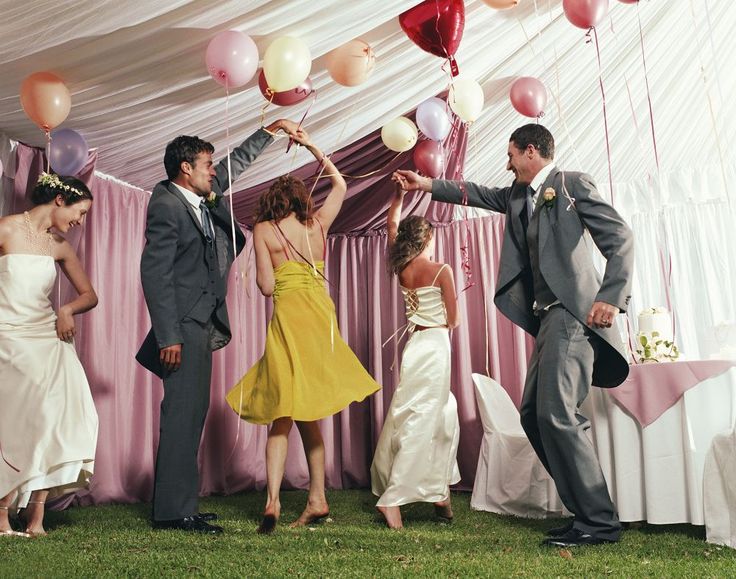
If it goes wrong, please understand that nobody is going home that night saying, “Did you see that guy?” People have short memories!
By now you’ll have belief in what you do and THAT is success. Different audiences will respond differently, so try to be present wherever there is action ☺️
5. The Final Boss : Something out of nothing
Imagine: Nobody is dancing. The dancefloor is empty. But you love the song.
Imagine if you’re waiting for a train and someone is busking and you wanna jam. What do you do?
Test the water
Start with a pared down version of one of your basics and see if you feel good. If you want, you can stay in that space and just two-step a bit.
If you want to escalate the energy, get your head up and look around. Others may be awaiting an invitation to join you. If they don’t, you have your basic and nobody got hurt!
If others catch the spirit, they may respond by clapping along, mirroring your movements or energy. We KNOW that dance is infectious!
We KNOW that dance is infectious!
CONCLUSION
As I mentioned, repetition is the answer. Repeat the first step until you are comfortable enough to move on to the next, and so on.
By the time you start your first impromptu dance party, you’ll forget how it felt to be nervous. Also, you can jump in at anyone of these steps if you have previous ones covered. If you made it to the final boss, you are officially a party starter and you’ll forget what it was like to be too shy to dance. ☺️
We’re trying to help people boogie all around the world at http://www.hiphopsocialdances.com and are here if you need some guidance. Keep your eyes peeled for ‘Nightclub Survival’ too!
If you’re in London and want to learn more about dance read our ultimate guides on Breakin’ and Street Dance and expand your knowledge and social group.
Much love to all the ex-shyguys and ex-shygals
Damien, B-Better
How to learn to dance (if you are an adult)?
First you need to at least roughly understand what exactly you want.
This article is about dancing, because I wanted movement and company, I wanted to cheer myself up and do it as actively as possible. Therefore, in this article I will share with you my experience of a simple person, not a professional dancer, who was going to learn how to dance as an adult. Some options seemed more attractive to me, some less, but I will talk about all the options available and comment on what came of it.
Stage 1: Preparatory
So you've found that dancing suits you: you're ready for an active holiday in the company of other people. Where to begin?
I suggest starting with choosing a direction. Dances in different cultures were formed first with ritual purposes, then as an opportunity to get to know each other, and now all options are available to us at once, so you need to decide from all the variety what is closer to you.
Ballroom dancing, salsa, ballet, tango, afro, lindy hop, bachata, contemporary, zumba, flamenco, house, kizomba, hustle, vogue, hip-hop? Fast or slow? Pair or solo?
Let's say you don't know what you want yet. Watch the video on YouTube. Type the name of the dance direction into a search engine and see how it looks. Don't stop with the most popular videos, find out how this style is danced in schools and at parties, not just at shows. Is this what you want?
Watch the video on YouTube. Type the name of the dance direction into a search engine and see how it looks. Don't stop with the most popular videos, find out how this style is danced in schools and at parties, not just at shows. Is this what you want?
Of course, it may be that some direction interested you right away. For example, you saw someone dancing something, you liked it, and you wanted to try it. Then do not hesitate to ask what kind of dances and where they teach this.
After that comes the most important step - to start and do. Do not delay with this, you have already become interested and have chosen - now you have to move on to practice, while you are really interested. If you say you want to dance, be true to yourself and dance. Ask for recommendations from friends or choose a school by searching the Internet, but do not put off signing up for a trial lesson. You can go through twenty trial lessons before you find what suits you, but the main thing:
To learn how to dance - dance
My personal experience For me, the starting point of interest was dancing on the embankment in Gorky Park, but even there there are as many as five directions: salsa, bachata, hustle, ballroom and historical dances. To be honest, I knew so little about dancing that I could confuse the Viennese ball with a bachata party. Therefore, I personally found acquaintances who dance, and through them I found out what options I have. So, I visited the Vienna Ball in Moscow and went to the ball at MGIMO. Yes, balls are held in Moscow (and not only), can you imagine. My first dances were ballrooms, I was in a group that hired a teacher, and we rented the hall ourselves. Then there was a brief interspersing of hustle, and then I switched to salsa, which I still dance, sometimes supplementing with bachata. “My School” was recommended to me by my friends, for which I thank them very much. Later, I also looked for a good school with New York salsa based on recommendations.
To be honest, I knew so little about dancing that I could confuse the Viennese ball with a bachata party. Therefore, I personally found acquaintances who dance, and through them I found out what options I have. So, I visited the Vienna Ball in Moscow and went to the ball at MGIMO. Yes, balls are held in Moscow (and not only), can you imagine. My first dances were ballrooms, I was in a group that hired a teacher, and we rented the hall ourselves. Then there was a brief interspersing of hustle, and then I switched to salsa, which I still dance, sometimes supplementing with bachata. “My School” was recommended to me by my friends, for which I thank them very much. Later, I also looked for a good school with New York salsa based on recommendations.
Stage 2: Dance schools: individual and group approach
You have found a dance school that you like according to the reviews and fits the area. To get acquainted with teachers and directions - go to a trial lesson.
In dance schools, there are most often two formats for new students: a separate event - open lessons - or simply the opportunity to come to the first lesson for free or at a reduced price. If you come to a special open lesson for new students, you will most likely try a selection of exercises that will give you an assessment of how dance classes are going in this school in general. If you just join a group for your first lesson, it will help you see how teachers interact with their existing students, what kind of atmosphere is in the lesson. In any case, you will immediately try to dance - and that's great. If both of these options are available: open lessons and group attendance, try both.
If you come to a special open lesson for new students, you will most likely try a selection of exercises that will give you an assessment of how dance classes are going in this school in general. If you just join a group for your first lesson, it will help you see how teachers interact with their existing students, what kind of atmosphere is in the lesson. In any case, you will immediately try to dance - and that's great. If both of these options are available: open lessons and group attendance, try both.
Group lessons
There is another option: individual lessons with a teacher. If you are just starting to dance, the individual format will help you reduce the stress of immersing yourself in a crowd of people at once, choose your pace in practice and explanations, here you can even practice several directions at once if your dance teacher teaches several styles at once. But if you went to dance not only for the sake of physical activity and filling your free time, individual lessons will not solve the main dance task - interaction with other people. If you only train one on one, it will not help you gain the courage and experience to dance with different partners.
If you only train one on one, it will not help you gain the courage and experience to dance with different partners.
Another important thing to consider: how suitable are your dances for the individual format? Can they be danced solo? If so, one-on-one learning with a teacher can help you progress faster. By the way, this is why non-beginner dancers of all directions often turn to the format of individual lessons - at some stage you will want to give yourself an acceleration, work out your style, or, conversely, learn something from a particular master.
In any case, assess your goals and risks. More interaction with different partners, but at the same time more average attention of teachers? Or an individual approach and personal attention to you and your technique? You decide.
My personal experience I tried to start with individual lessons, but this experience was not successful for me, so I quickly switched to group classes. Why did my private lessons experience fail? I was advised by a ballroom dance teacher, and I expected that he would teach me waltzes and rumba.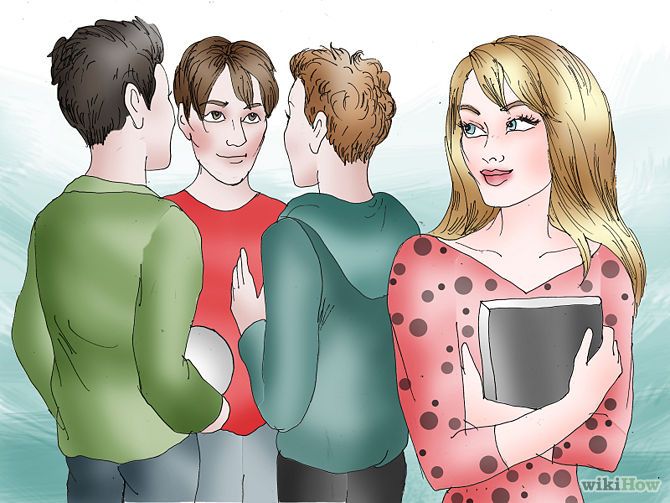 But at some point, he decided to switch to the social sphere and began to teach me hustle. Now I understand that the technique of different dances is different, and you need to make sure that the teacher is a good dancer in exactly the direction that you need. Then I just realized that the picture of how they teach me to dance does not match the videos that I watched, and those couples at parties that I saw. So I quit studying with my teacher and went to the group. In group classes, everything suits me: I read dance movements well even without an individual explanation, and if something is not clear, I do not hesitate to ask questions. Well, working with different partners throughout the lesson is even fun. My advice to you is to train watching in dancing also to make sure that you are really being taught what you want. And of course, if you want to learn salsa, a ballroom teacher is likely to be a dubious choice. Choose professionals in your field.
But at some point, he decided to switch to the social sphere and began to teach me hustle. Now I understand that the technique of different dances is different, and you need to make sure that the teacher is a good dancer in exactly the direction that you need. Then I just realized that the picture of how they teach me to dance does not match the videos that I watched, and those couples at parties that I saw. So I quit studying with my teacher and went to the group. In group classes, everything suits me: I read dance movements well even without an individual explanation, and if something is not clear, I do not hesitate to ask questions. Well, working with different partners throughout the lesson is even fun. My advice to you is to train watching in dancing also to make sure that you are really being taught what you want. And of course, if you want to learn salsa, a ballroom teacher is likely to be a dubious choice. Choose professionals in your field.
As for the format of open lessons and just the option to come to any class, I saw both. There are sometimes a lot of people in open lessons, while potential students can be of different levels and it is difficult to get the right impression of the school. If you just come to the lesson - the main thing is not to be afraid to be new among the group. Much here depends on the attention of the teacher, how much he can help you get used to the place and give feedback after the lesson so that you can choose the right level and group for yourself. In Svoi Shkola, trial lessons are held in both formats, which is convenient because you can join the group at any time.
There are sometimes a lot of people in open lessons, while potential students can be of different levels and it is difficult to get the right impression of the school. If you just come to the lesson - the main thing is not to be afraid to be new among the group. Much here depends on the attention of the teacher, how much he can help you get used to the place and give feedback after the lesson so that you can choose the right level and group for yourself. In Svoi Shkola, trial lessons are held in both formats, which is convenient because you can join the group at any time.
Step 3: Online
During the pandemic, most of us have been forced to adapt every area of our lives for home use. In 2020-2021, many online schools appeared on the market, including dance schools. So isn't it easier to dance without leaving home?
In order to understand how online lessons are right for you, I propose to break the concept of "dancing" into components. Dancing is physical exercise, plus musicality and rhythm, plus interaction with other dancers and/or the audience. It immediately becomes obvious that if you want to practice pair dancing, you either need to have a ready-made partner at home, or choose the format of real offline classes. The other two points are a little more complicated.
It immediately becomes obvious that if you want to practice pair dancing, you either need to have a ready-made partner at home, or choose the format of real offline classes. The other two points are a little more complicated.
In order for physical activities to take place without injuries and under the supervision of an experienced master, it is better to choose classes with a specific teacher, about whom you know that his exercises will be safe and accompanied by feedback. If you have already gone in for sports online and are familiar with how to properly perform physical exercises, it will be easier for you, but remember that dancing, like any other activity, is accompanied by certain professional risks, take care of yourself.
Online lessons
As far as musicality and rhythm are concerned, here you need to realistically assess your ability to learn in such an independent format. Will you be able to read the exercises from the screen when the teacher cannot answer your questions? Will the number of classes that online courses offer be enough for you to feel your success in the dance business? If you think so, or just want to give it a try, this is an interesting format for solo dancing, especially if you want to participate in a course or marathon on a specific topic.
My personal experience I took a dance course online exactly once. For me, this format is risky in one way: if I don’t come to the dance school on my feet and give myself to a teacher who controls the intensity and regularity of my training, I will abandon this business. I am sure that this risk exists not only for me. Many of my friends sign up for online dance marathons, where it's completely normal to have 300 dancers start and only 50 finish. This is neither good nor bad, but it's a feature that is better to know about in advance so as not to waste time and money.
Stage 4: Parties and open airs
Aspiring dancers often ask the question: can you learn to dance just by going to parties?
Short answer: you can, but it's hard to do it well.
It is summer and every or almost every city has parks or public spaces where someone dances something and you can join them. But you should know in advance that most dancers will not be able to teach you how to dance. Let's start with the fact that at many venues training is prohibited by the organizers. As a rule, such events are a separate initiative that exists either for their own earnings, or, conversely, provides space for many schools at once. The world of social dancing is not big enough for dancers to squabble with each other, so be prepared for the fact that they may not want to teach you. In addition, at parties it can be difficult to tell the difference between a confident dancer and a teacher, and this can be critical not only for the future beauty of your dances, but also for your health. In addition, everyone comes to parties to have fun and relax, and the idea of mixing work with leisure is not always a good idea.
Let's start with the fact that at many venues training is prohibited by the organizers. As a rule, such events are a separate initiative that exists either for their own earnings, or, conversely, provides space for many schools at once. The world of social dancing is not big enough for dancers to squabble with each other, so be prepared for the fact that they may not want to teach you. In addition, at parties it can be difficult to tell the difference between a confident dancer and a teacher, and this can be critical not only for the future beauty of your dances, but also for your health. In addition, everyone comes to parties to have fun and relax, and the idea of mixing work with leisure is not always a good idea.
So what are parties and open airs for and do you need to go to them if you want to learn how to dance? And when to start?
Our parties
Most teachers and dancers tend to believe that going to such events is possible and necessary, as soon as you master the basics of your dances. So you can consolidate the material covered, work it out in large quantities, try your dancing skills with different partners, and just get a boost of vivacity and energy from the fact that you are in the atmosphere of a cool party with like-minded people.
So you can consolidate the material covered, work it out in large quantities, try your dancing skills with different partners, and just get a boost of vivacity and energy from the fact that you are in the atmosphere of a cool party with like-minded people.
My personal experience I love parties, especially summer outdoors and theme parties, which are held by different schools for different occasions, in Svoi Shkola, such parties usually take place once every couple of months. The only difficulty for me as an adult is this prioritization. On the one hand, you want to dance more, but if you already go to dance classes 2-3 times a week, it can be difficult to allocate another 1-2 evenings for parties. I try to take it easy and do not monitor the regularity of my going to parties. It's good when you get to dance in good company, but you don't have to do it all the time.
Stage 5: Festivals and Shows
There are two options for learning to dance that not all dancers choose for themselves, but it is also useful to know about them.
Many teachers gather separate groups or conduct master classes for staging numbers. You don't just come to learn how to dance - you learn a certain choreography in order to record it on video or even perform at a festival.
The format is often suitable for beginner dancers, but here you will encounter a few difficulties. Firstly, you can often learn about such groups only from within the dance community, so you first have to be in it. Secondly, you must want to demonstrate your dancing skills to a potential audience. Thirdly, you will be limited strictly to the choreography and music that your production teacher will select for you. But despite all this, many people love participating in show numbers for the opportunity to learn beautiful dance sequences, challenge themselves in terms of public performance, and sometimes just get a beautiful video of dancing as a keepsake.
Festivals are a format of intensive immersion in dances of the chosen direction. As a rule, festivals take place over several days and are quite intensively filled with master classes and parties. At such events, as a rule, the basics are not explained, but in general they are suitable for both beginners and experienced partners, just do not forget to carefully study the program and evaluate how relevant it is for you. Starting with this is quite an extreme choice, but if you have been dancing for at least a couple of months, why not.
As a rule, festivals take place over several days and are quite intensively filled with master classes and parties. At such events, as a rule, the basics are not explained, but in general they are suitable for both beginners and experienced partners, just do not forget to carefully study the program and evaluate how relevant it is for you. Starting with this is quite an extreme choice, but if you have been dancing for at least a couple of months, why not.
Traveling festivals are a separate topic - this is when you go to dance for a few days in another city.
This can be a great adventure and a good vacation option if you're already hooked and love dancing a lot!
My personal experience I think festivals are fun, especially if you have someone to go there with. From a physical point of view, it can be stressful, do not hesitate to choose not all master classes in order to have time to relax - so you get more enjoyment from the event. It is difficult for me to describe the experience of show groups, since I participated in such a master class only once, and for me this was not enough to get a beautiful result that would suit me. But among my fellow dancers there are also fans of this format, so it's a matter of taste.
It is difficult for me to describe the experience of show groups, since I participated in such a master class only once, and for me this was not enough to get a beautiful result that would suit me. But among my fellow dancers there are also fans of this format, so it's a matter of taste.
Step 6: End and Beginning, or How to Know You've Learned to Dance
When I think about what reminds me most of learning to dance, I imagine a spiral.
Getting started is not hard at all. As a rule, the first steps in any business, including dancing, cause almost euphoria: when you compare even a small success with level zero, which you had just recently, you get a colossal enjoyment of the process. You went to dance - well done! You learned the basic step - you are just amazing! You danced the first bunch - wow!
And then, according to the classics, you suddenly realize that the more you know, the more you don’t know.
What to move on after the basic step - to links or musicality? When do you go solo? Is it necessary to study with different teachers, to dance really well? Is it possible to stop learning to dance, because you're already good enough? And how to understand it? Almost every dancer including dance teachers, asks himself these questions. A universal answer to them, of course not.
A universal answer to them, of course not.
And here I return to my image of the spiral. The beauty of dancing is that at each stage you can choose in which direction you want to develop further, but after mastering each new level, you will realize that you have climbed a step higher, and now all the same options are available to you again. Let's say you mastered the basic step, then learned a dozen chords and completed a marathon of musicality. After that, surprise! - you will understand that now the basic steps are revealed in a new way, they can be improved and supplemented. And after that, for example, take master classes on handwork and footwork. And back to base again. Maybe master the party of the second partner? Or choose an adjacent direction in dancing? This process is potentially endless and should only be fueled by your own interests and goals.
Whether you want to be party kings and queens or become dance teachers, the market for dance schools, courses and events is big enough to to offer you services for every taste.
I hope you found this article useful and maybe even gave you some hope with the number of options for learning to dance. This experience can also be adapted and extended to the development of any other hobby. Indulge your interests, it will help you enjoy life more!
How to dance at a party: advice from British GQ Editor-in-Chief Dylan Jones
The main thing to remember when throwing yourself on the dance floor is that no one is looking at you. Do not be afraid that you will be laughed at and that everyone is just waiting for you to get tangled in your own feet. Believe me, no one is interested in this, especially if you behave decently.
In the event that your dancing experience is zero - or if you once tried and did not like it - you need to learn two simple truths first. Firstly, women like it when a man dances well, so if you are a complete layman in this matter, you should strain yourself. Secondly, no one expects great things from you in all your endeavors. Personally, I am able to dance to anything, but when a DJ puts on I'm So Excited by The Pointer Sisters or something in the style of drum and bass, I immediately leave the dance floor. Not because I don't like such compositions - although at my age it would be forgivable - but because they are difficult to dance to. Not everyone can rock to any song, so if it has too many beats per minute, or a particularly jagged rhythm, or is too slow (like Just Be Good to Me by the SOS Band), feel free to go to the bar. Don't like reggae? Run to the toilet. Can't help laughing at the new Coldplay hit? Sit down.
Personally, I am able to dance to anything, but when a DJ puts on I'm So Excited by The Pointer Sisters or something in the style of drum and bass, I immediately leave the dance floor. Not because I don't like such compositions - although at my age it would be forgivable - but because they are difficult to dance to. Not everyone can rock to any song, so if it has too many beats per minute, or a particularly jagged rhythm, or is too slow (like Just Be Good to Me by the SOS Band), feel free to go to the bar. Don't like reggae? Run to the toilet. Can't help laughing at the new Coldplay hit? Sit down.
If you don't know how to dance at all, but circumstances require it, move by feel. Do not kick your legs - work with your body; bending your elbows, squirm with dignity to the beat of the music. It's really easy! Soon you will become bolder and begin to vary your dance moves; do it in proportion. No one expects you to turn into John Travolta - all his exploits in "Saturday Night Fever" were staged by a professional choreographer, so you should not go out of your way.
A few more important points. Don't slow dance unless you're holding a woman in your arms. Don't try to act like Bruce Springsteen from the Dancing in the Dark video or Kevin Bacon from the movie Loose and dance like a rocker, throwing out your arms and legs at the same time, like a drunken doll. It would also be nice to learn some traditional dance - for example, tango. The easiest way to learn is the twist, which can be danced to anything from Chubby Checker to George Michael's Faith. Put your foot slightly in front of you and start spinning on it, wobbling your hips; then “screw” yourself into the floor without bending your back, and then “unscrew” back up in the same way.
If you want to learn something spectacular, try the Highland Fling, one of the oldest Scottish dances. Raise your left hand and use it to draw the letter "c" above your head. Place your right hand on your thigh so that the thumb is pointing down and the other fingers are pointing back. With the emphasis on the left leg, stretch the right leg all the way and make a quarter-turn jump.
